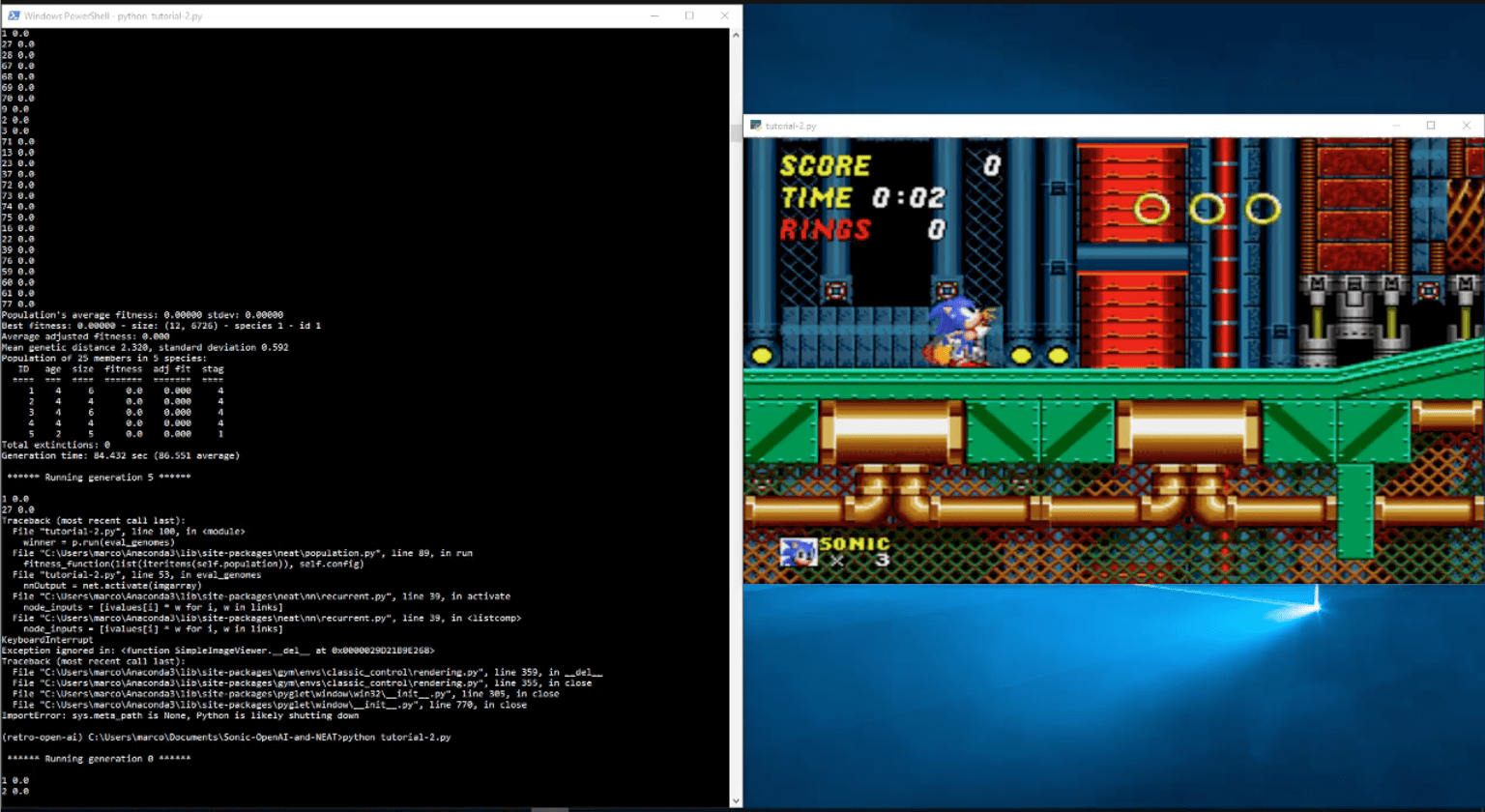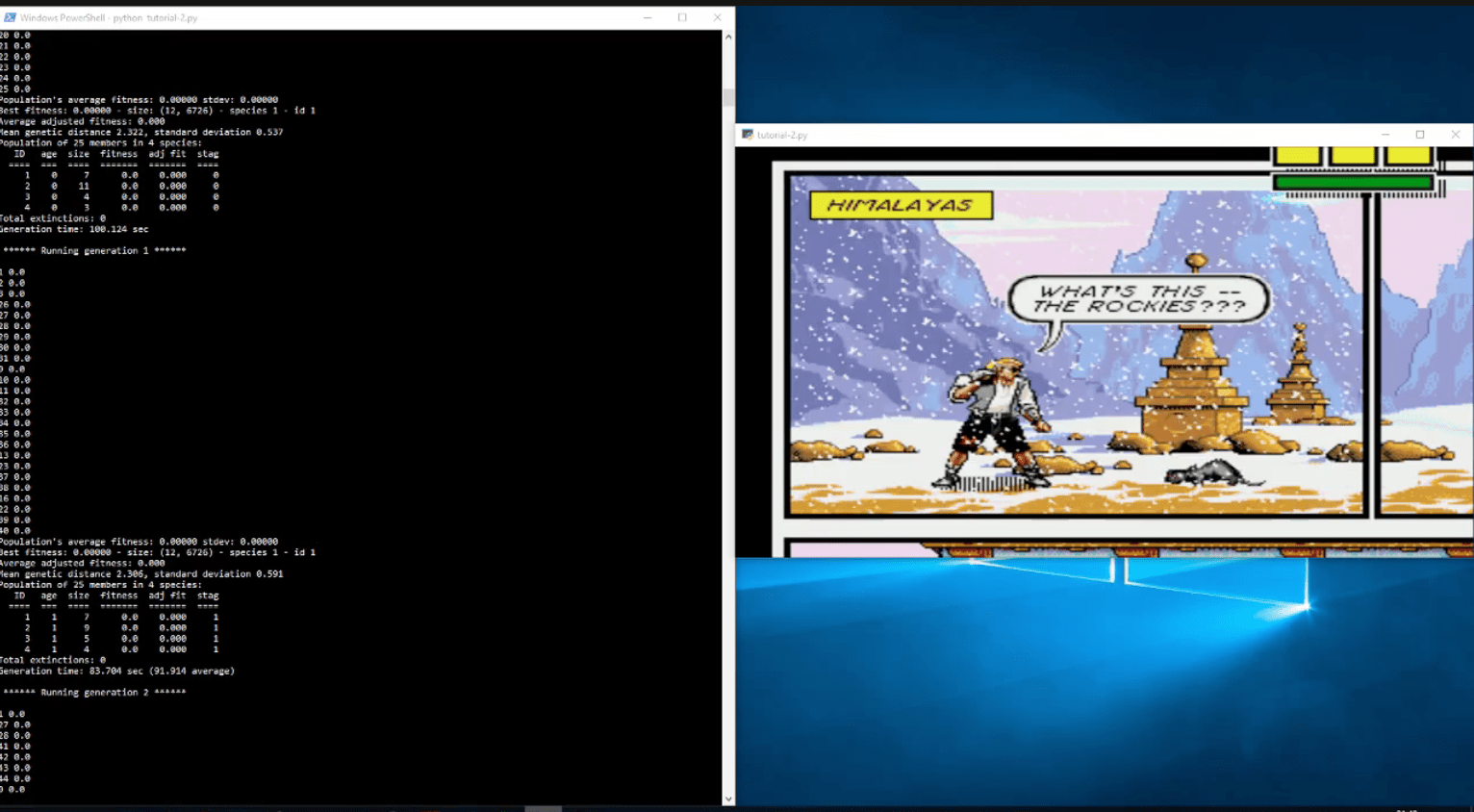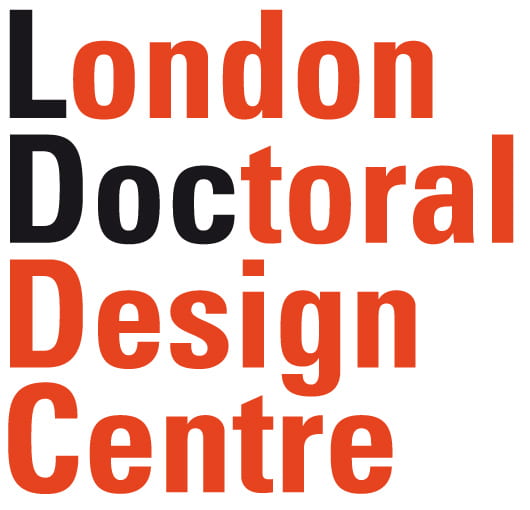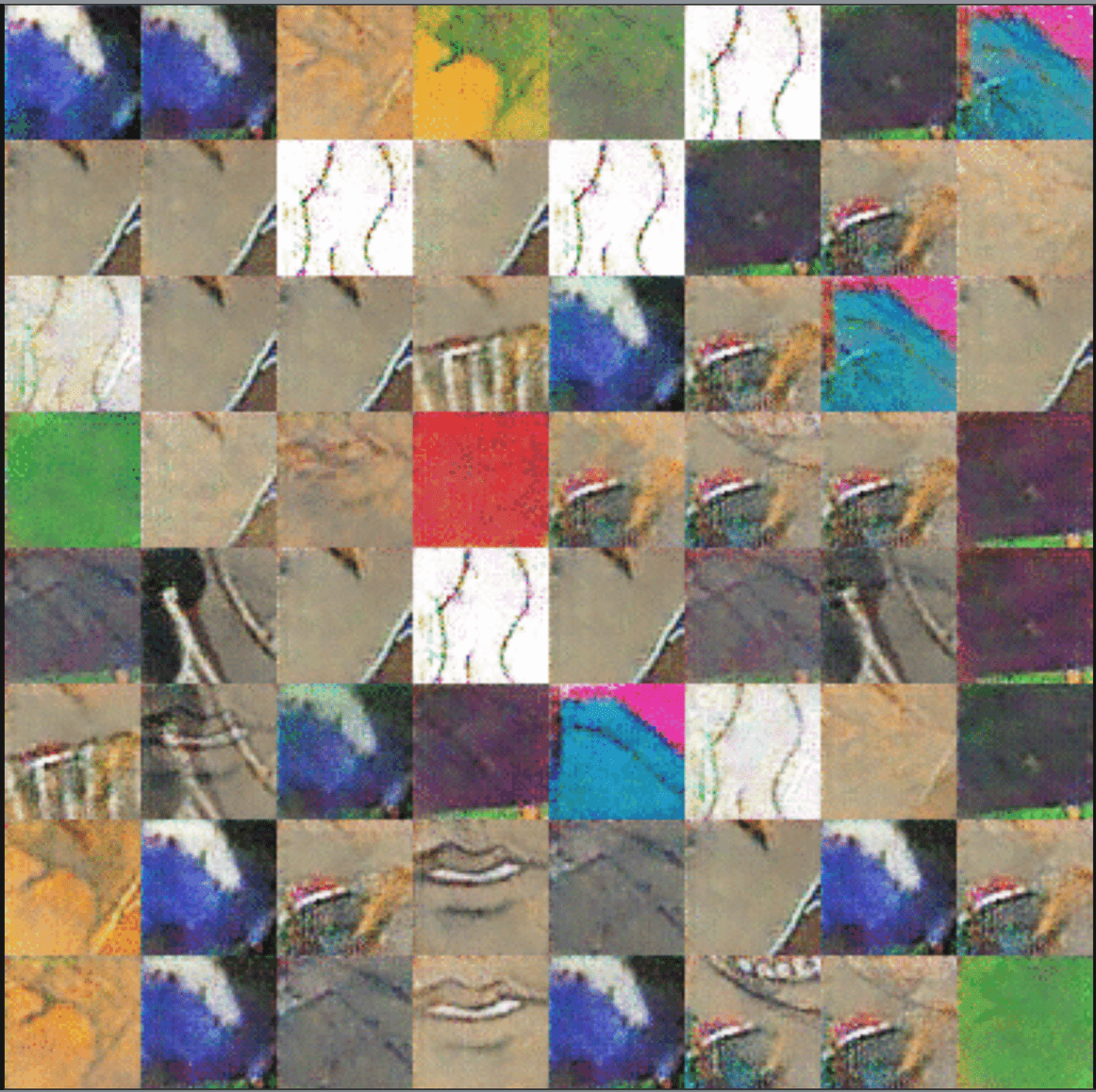The technical expertise related to the research has a steep learning curve and most of the relevant academic papers come from the field of Computer Science.
Other publications from different areas of research have emerged but a significant number of these publications often lack in depth explanations of the algorithms implemented and the reason behind using those algorithms.
Therefore, it is difficult for researchers coming from design research to understand the language and the theory behind the machine learning solutions being created.

On previous reports, I have elaborated on the process of creating a machine learning solution from gathering data to iterating the machine learning model.
I have also discussed the challenges that come with the development of machine learning solutions including costly hardware and limited access to datasets.
However, these reports were written in a time where the technical knowledge of the researcher was significantly limited.
The timeframe covered in this report represents a significant growth in the technical knowledge of the researcher and a clearer vision on the role of design research.
Instead of becoming a gatekeeper for design researchers, I have now adapted a more critical point of view: my current objective is to elucidate design research practitioners and help them push the boundaries of these algorithmic tools.

In conclusion, I have become more aware of the research boundaries and knowledge gaps in the field of Artificial intelligence and aim to make an impact in assisting design researchers to investigate these and think about novel solutions.
The current stage of my research can be summarised in Ranulph Glanville’s words: ‘knowledge arising out of the activity of designing creates knowledge that helps designers act’.
From gathering data to iterating the machine learning model.


